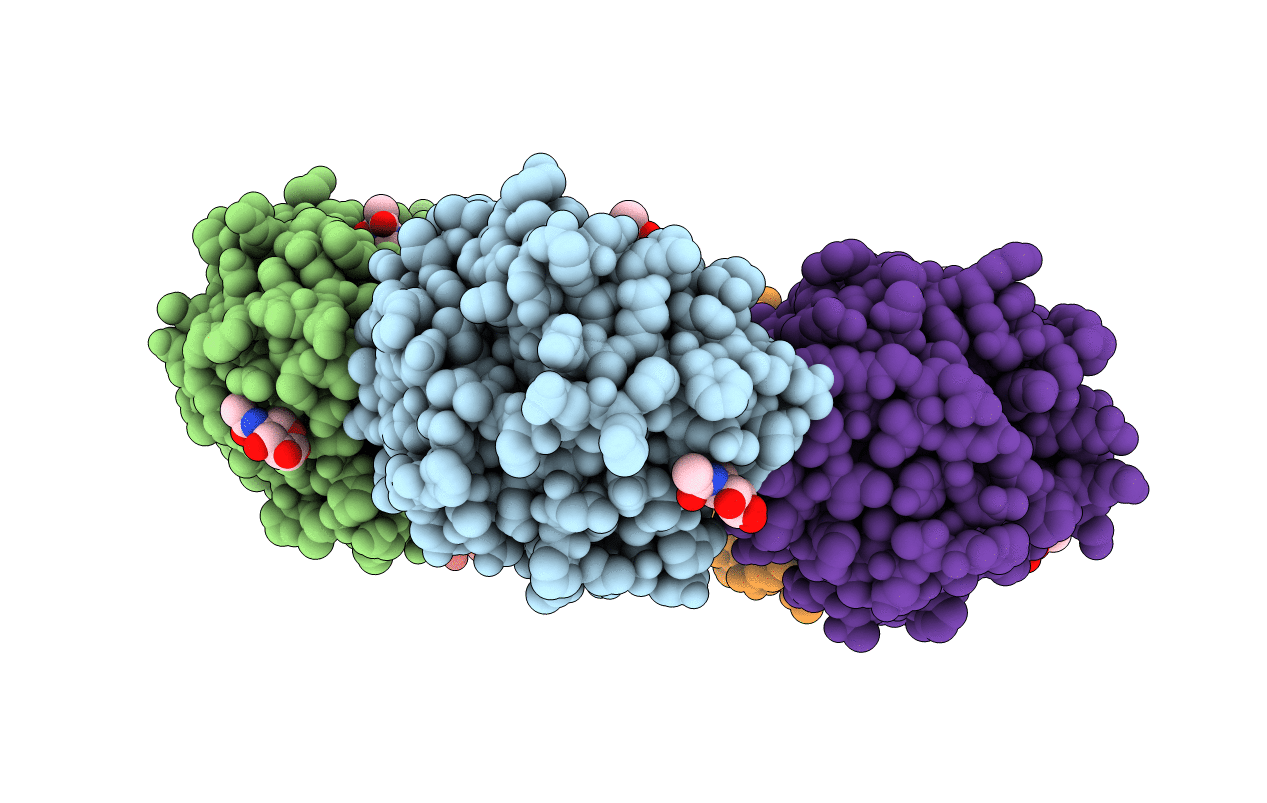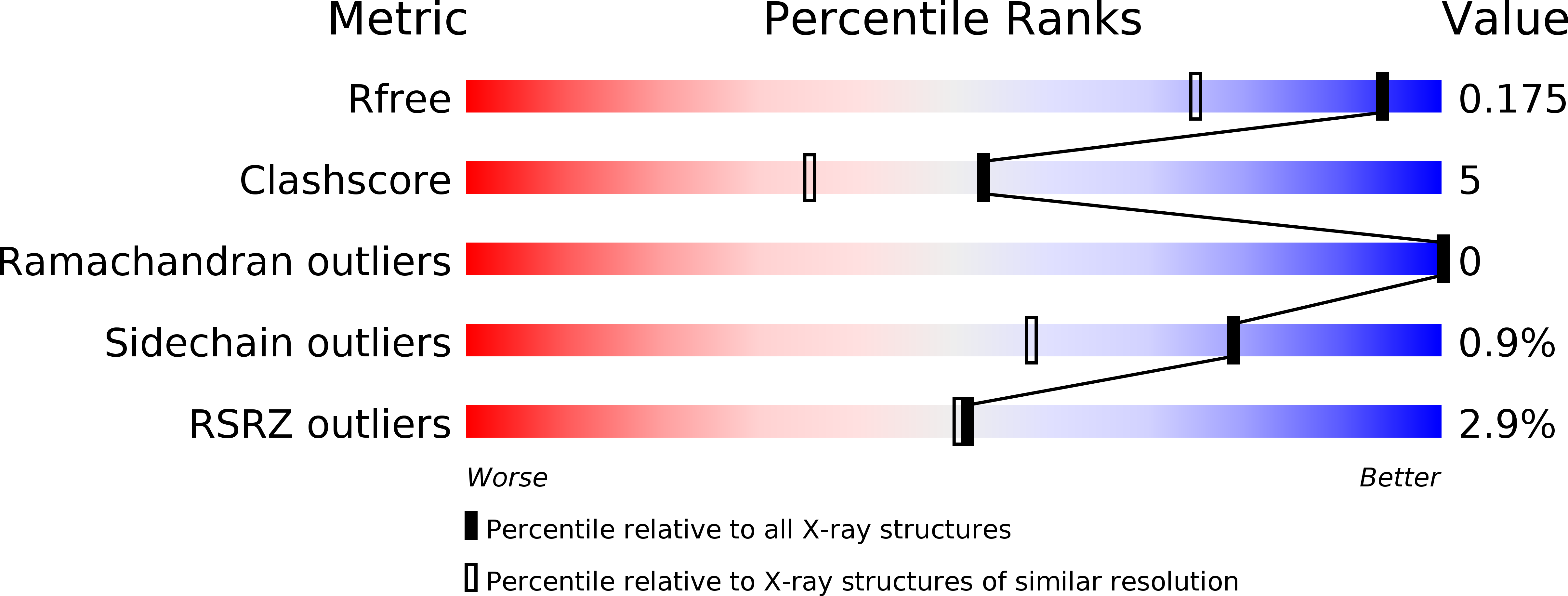
Deposition Date
2012-05-29
Release Date
2013-06-19
Last Version Date
2024-10-23
Entry Detail
PDB ID:
4AVS
Keywords:
Title:
Structure of N-Acetyl-L-Proline bound to Serum Amyloid P Component
Biological Source:
Source Organism:
HOMO SAPIENS (Taxon ID: 9606)
Method Details:
Experimental Method:
Resolution:
1.40 Å
R-Value Free:
0.17
R-Value Work:
0.14
R-Value Observed:
0.14
Space Group:
P 1 21 1


